If you are looking for the ways to bass boost the microphone, you are at the right place.
Yes, we all wanna sound like those radio hosts that have a super deep voice when talking.
I mean, at the end of the day, I guess that is what people consider to be a "sexy" voice, right?
They speak into the microphone, and it just sounds big, deep and low.
Kinda like a groovy version of God talking to you, right?
How can they sound like that?
Is it the microphone? Is it the host? Perhaps a combination of both?
The microphone selection, position and technique helps A LOT in getting those sounds.
So, the question here is… Are there any techniques or ways we can approach microphones in order to boost the bass frequencies?
Can we apply these techniques to guitars or bass amps that we decide to mike?
Is there anything we can do to boost the bass on those microphones in order to embellish the sound quality of those sources?
People talk about bass boosting software, microphone switched, filters, and all kinds of options.
But, are they really useful?
Read this article and you will learn how to make this possible, I promise it.
5 Ways to bass boost microphone
Polar pattern
Polar Patterns!
I know this might be getting deep into microphone theory, but hey, it does matter!
Microphones have a polar pattern, and some microphones let you select the desired pattern using a simple switch.
The polar pattern tells us the direction in which the microphone captures the sound.
Does it capture the sounds coming from the front? Or perhaps front and back? What about the sides?
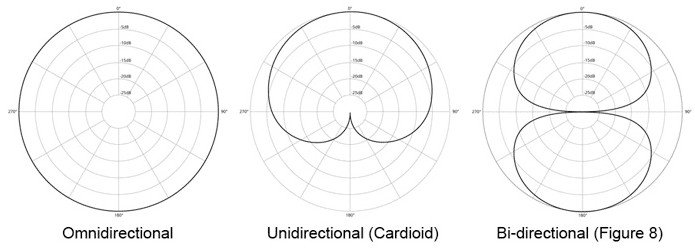
Cardioid patterns capture sounds coming from the front, and a bit from the sides, but not from the back.
Bi-directional polar pattern captures front and back, but not sides!
Now, besides that, polar patterns also have different tonal characteristics.
This means that different polar patterns will have different bass response, especially on the low end.
So which one is better to boost the bass response?
In general, the omnidirectional polar pattern is the one that has the most bass response of all types, however the fact that it captures sound coming from all directions, might not be the best option.
From that point, you can slowly reduce the bass response by switching to figure-8 or cardiod.
So the recommendation is that you switch between different polar patterns until you get the desired bass boost, keeping in mind you could be compromising the direction at which it captures sound!
Proximity Effect
This is a really useful and cool "trick" or I guess we could say "hack"!
However, it does NOT apply to omnidirectional microphones.
Write it down! Here it goes.
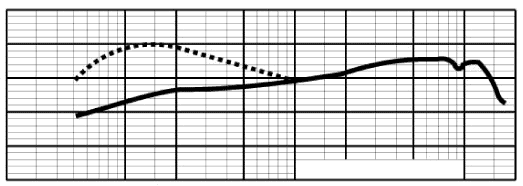
Omnidirectional and bidirectional microphones tend to increase the bass response when they get closer to the source.
And yes, when you get close to a source, the volume gets increased, obviously.
But what happens here is that the bass frequencies also get boosted, almost like if you had an equalizer doing it for you.
This is the reason why famous radio hosts used to speak very close to the microphones, obtaining a deepter, lower and more "professional" sounding radio voice.
Yes, that is their trick, just getting very close to the microphone grill.
Now, this is not just applicable oto vocals. This applies to any source!
Try it on electric guitar amps, bass amps, drums, anything!
The closer you get to a source (when using a directional mic), the more low end boost you will get.
Easy and quick. Works every time.
Turn on bass boost on device
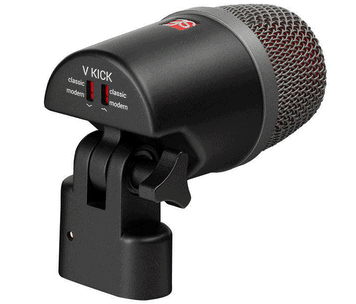
Does your microphone have any buttons or switches?
Have you checked for any of those embedded features included on USB mics for example?
Chances are, there will be some kind of "bass boost" feature switch or button.
Some devices label it as "loudness" too.
Try turning that ON and see what happens…
Most likely you will automatically feel as the low part of the frequency response gets boosted.
The rumble at the button will be pushed even more, and you might have the impression of more "power" added to your signal.
This does not mean that you now have a "deeper" voice magically!
This is simply an active circuit in the microphone that boots a range of frequencies with a 1-band equalizer giving you that additional "oomph" we all love.
Interface EQ
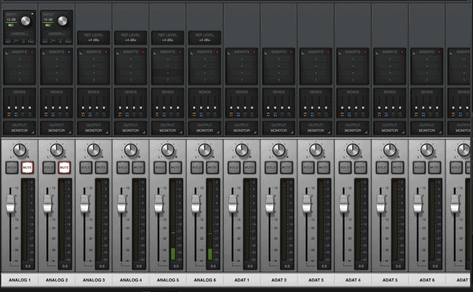
Interfaces!
We all have them, and we all have to struggle with them every once in a while…
But you know what? Interfaces can be your friends sometimes.
Some interfaces out there give us the possibility of applying all kinds of effects before the signal gets recorded… Or as some might say "destructive".
Some of these effects and processing might include, equalization!
So yes, you can equalize your signal "on the way in".
This way, you recorded digital audio will have the equalization curve already applied to it on the raw file.
How can you do it?
Simple.
Just look for your interface's software driver. It might resemble some kind of "console".
Somewhere within that console, you will have the ability to add inserts.
Add an equalizer, boost the low part of the spectrum and listen to the input signal.
If you like how it sounds, you are done!
Just start recording with your bass boost applied.
Easy, right?
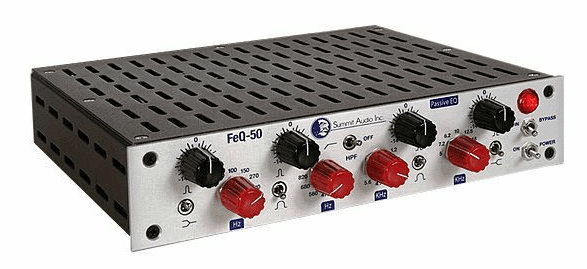
Add a hardware EQ to your signal chain
Yes! Just as you read it.
Want more bass? Just add a real EQ device and boost the low end!
Let's be honest, equalizers are getting cheaper and cheaper these days.
You can find them for less than 60 bucks!
So yes…
Just add a simple equalizer to your signal chain before the interface, boost the desired frequency range, the low end, and enjoy your deep voice!
Just make sure it has the proper connections, compatible with your microphone, either XLR or TRS, turn it ON and use it.
Simple and quick.
Use bass boosting software
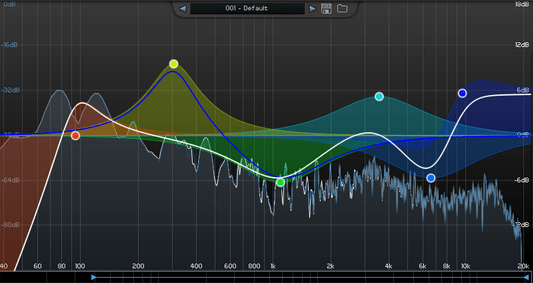
Last, but not least…
There will always be some kind of bass boosting software that you can apply after recording.
Most Digital Audio Workstations applications include a suite of audio plugins and processors that can make this possible.
If you DAW does not include any plugins, you can always find really nice third party plugins that can adapt to your budget or even be free!
The idea here is that you record your signal, and then use an equalizer plugin to boost the required low-end area of the spectrum in order to give your material a sense of deepness and power that it might lack.
If you do not like using equalizer plugins, you can also apply saturation plugins that can also achieve the bass boost effect by exciting frequencies on that area of the spectrum to give more punch and thump to your tracks!
Read Also: How to Earrape Mic? (Discord, Zoom) – Don't Miss this Guide
Conclusion
There are many ways to boost the bass on a microphone to embellish your recording.
You want to start with the source, always.
Try to find sources that actually have that increased low-end that you want.
If that can't be done, then you want to start with that hardware that captures it!
Check your microphone selection, polar pattern, type and the position.
This can help you shape your sound drastically by simply moving things around a couple inches.
And if this is not enough, you still have the software tool!
Use your interface's software to boost the low end of your signal on the way in, or simply do it after it is recorded, directly at the Digital Audio Workstation.
Bottom line, you can always keep boosting the bass response on your microphone and signal more and more!

